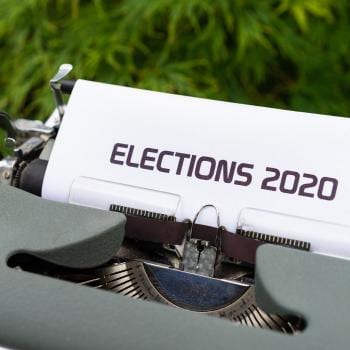I prepared this for a professor last week and thought I’d toss it online (I’ve added the links). Let me know if anything stands out as erroneous…
I had a run through my Sanskrit book* and a couple others (it’s good for me to keep up on this stuff) and here is what I gathered for pronouncing words in Sanskrit (the same goes for Pali).
There is no stress on ultimate or penultimate (or other) syllables; all are stressed equally, with variations occurring only with long vowels.
If you see a vowel with a line over the top, that means its a long vowel, which means you give it twice the time and alter the pronunciation.
short vowels (and sounds):
a (hop), i (hit), u (put), e (made, bait), o (go)
long vowels (ie those with a macron):
a (father, or the double ‘a’ of bazaar), i (sleep), u (boot, pool)
Also, if you ever see an ‘r’ with a dot underneath it, it’s a vowel. It is pronounced ‘ri’ (or occasionally ‘ru’) as in Lord Krsna (or as we would spell it ‘Krishna’).
Diphthongs (vowel combinations):
ai (aisle, or Jainas), au (town)
—————–
For consonants: if you see an ‘h’ – breath it (Dharma is D-Harma, not Darma). An ‘s’ with a dot underneath or slash on top should be pronounced (‘sh’). Other consonants with dots under them you can ignore; they dictate a different position your tongue should be in which is perfectly inconsequential amongst undergraduate American students. ‘c’ is always ‘ch’ as in ‘chipper’, ‘ch’ is breathed like ch-h-ipper. There is no ‘th’ sound like we have with ‘thick’ or ‘thus’, any ‘th’ is necessarily T-H, a ‘t’ and then a breath for ‘h’. That one is perhaps the most common mispronunciation I’ve seen.
Unfortunately many books don’t include dots or macrons, making mispronunciation inevitable. For instance, they do change most instances of ‘s’ with dot/slash to ‘sh’ which works (just ignore the ‘rule’ about breathing every ‘h’), except sometimes you’ll see something like “sunyata,” should be pronounced ‘shoonyataa’.
* all based on Walter Harding Maurer (2001 Routledge) book, “The Sanskrit Language”
Links:
Monier Williams Dictionary online
Word document with the complete Devanagari alphabet (you’ll need Arial Unicode font to view this properly)
Class page for Diamond Mountain University’s Sanskrit 3 class











